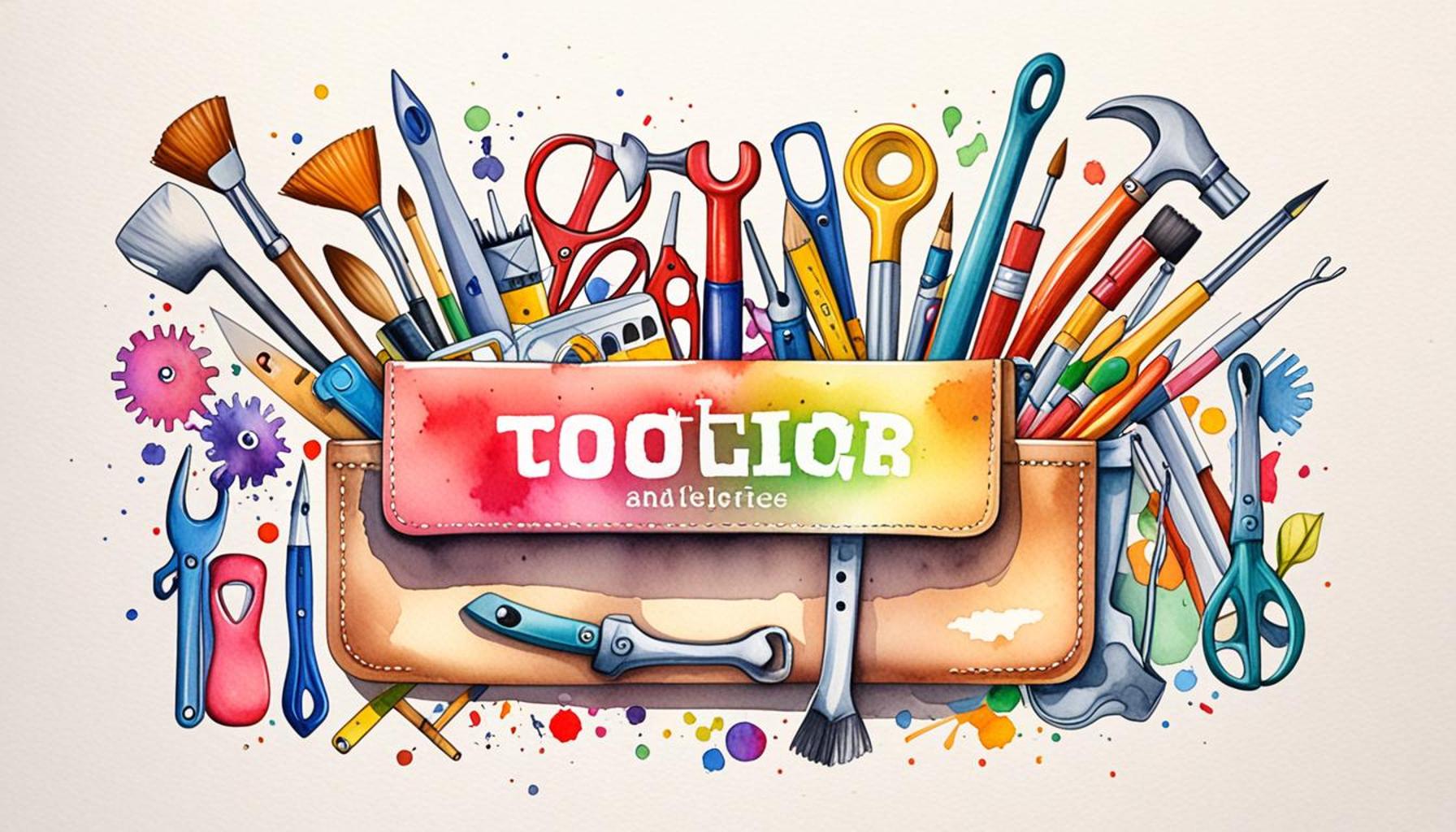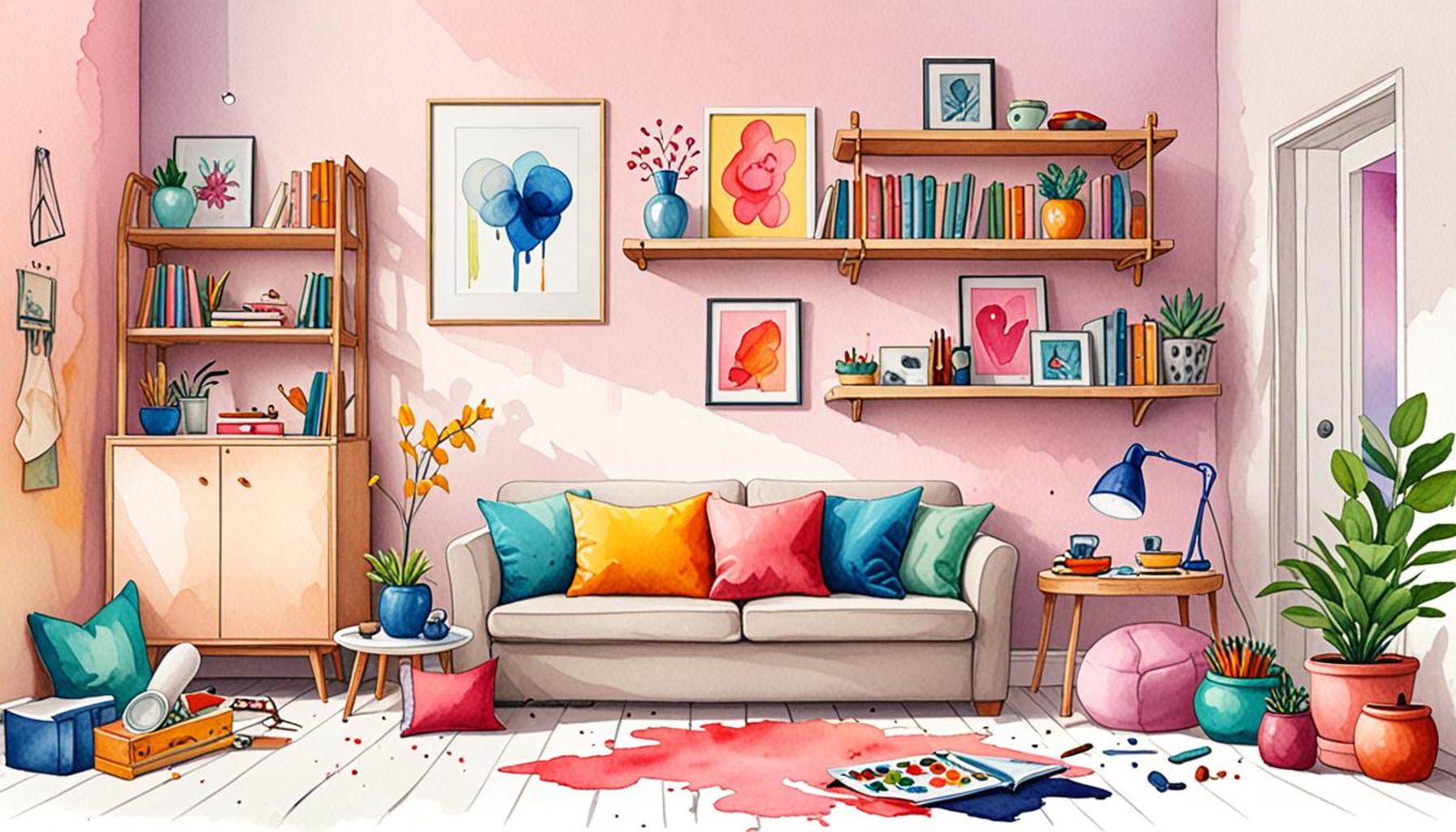The Importance of Emotional Detachment for a Clutter-Free Environment

Understanding the Role of Emotional Detachment in Creating Clutter-Free Spaces
In today’s fast-paced world, achieving a serene and organized environment is increasingly viewed as essential for improved well-being. One significant concept that can aid in this pursuit is emotional detachment. It does not mean becoming indifferent to the world around you; rather, it’s about recognizing the emotional weight we often attach to objects and learning to let go.
The Connection Between Emotions and Objects
Many individuals form deep emotional connections with their possessions. For instance, a seemingly innocuous item like a pair of baby shoes can evoke waves of nostalgia and happiness, reminding us of cherished moments. However, these attachments can also serve as barriers to decluttering, making the process of organizing our homes or workplaces overwhelming. Understanding your psychological ties to items is crucial in order to navigate this emotional landscape effectively.
Benefits of Emotional Detachment
Practicing emotional detachment comes with notable benefits that can lead to a healthier lifestyle. Consider the following:
- Improved Decision-Making: When you let go of sentiment, decision-making becomes more straightforward. Imagine being able to remove items without the emotional turmoil that usually accompanies such choices. This clarity allows you to prioritize items that truly serve you and your space.
- Enhanced Focus: A clutter-free environment minimizes distractions, which can otherwise derail your productivity. Studies have shown that individuals working in organized spaces perform better and manage their time more effectively, leading to increased efficiency and satisfaction.
- Better Mental Health: Numerous studies indicate a strong correlation between clutter and feelings of anxiety. A tidier space can alleviate stress, helping to create a calming atmosphere conducive to mental health. Imagine walking into a clean, organized room and feeling an immediate sense of relief.
The Path to a Clutter-Free Environment
Mindfully engaging with your belongings is an essential step in practicing emotional detachment. It’s important to realize that memories and feelings exist independently of material items. Instead of viewing your possessions as lifelines to the past, you can reframe them as temporary visitors in your life that can be released without losing your cherished memories.
As you explore the concept of emotional detachment, consider visiting minimalist blogs, engaging with decluttering workshops, or reading books such as Marie Kondo’s “The Life-Changing Magic of Tidying Up.” These resources offer insights on how to embrace emotional detachment constructively while fostering an environment that promotes growth and tranquility.

In conclusion, emotional detachment is more than a mental exercise; it is a vital skill in today’s consumer-driven society. By allowing ourselves to let go of unnecessary belongings, we create spaces that nurture our well-being, productivity, and peace of mind—ultimately paving the way for us to thrive in our daily lives.
DON’T MISS: Click here for stylish clutter-free living tips!
Navigating the Emotional Landscape of Clutter
Delving deeper into the interplay between emotions and our belongings reveals a complex relationship that can often dictate the state of our living spaces. Objects can become imbued with memories—ranging from a gift received on a special occasion to a trophy representing a personal achievement. This is especially pronounced in American culture, where consumerism plays a significant role in shaping our identities. However, while these items can bring joy, they may also become burdens, contributing to a cluttered environment that stifles creativity and clarity.
Identifying Emotional Attachments
A critical step in achieving emotional detachment is recognizing the specific items that trigger strong emotional responses. It could be anything from decorative knick-knacks inherited from family members to souvenirs from vacations. Identifying triggers can help you understand the psychological reasons behind your attachments. Here are a few tips to help you pinpoint emotional attachments more effectively:
- Reflect on your choices: Take a moment to examine each item you own and ask yourself why it is significant to you. What memories does it evoke? Is it truly enhancing your life?
- Consider the future: Instead of focusing on what the item represents from the past, think of how it fits into your current life. Does it serve a purpose now or will it continue to do so?
- Practice mindfulness: Engage in mindfulness techniques, such as meditation or journaling, to help clarify your feelings toward your possessions. This approach cultivates a deeper understanding of what is essential and what can be released.
In recognizing these attachments, you empower yourself to take actionable steps towards emotional detachment. It is essential to remember that letting go does not equate to losing your memories or the significance of past experiences; instead, it frees you from the weight that excess belongings impose on your day-to-day life.
Strategies for Cultivating Emotional Detachment
Implementing effective strategies can significantly aid in your decluttering journey. Here are a few recommendations to consider:
- Set limits: Establish boundaries regarding how many items you keep from specific categories, such as clothing or sentimental items. This encourages you to make thoughtful choices about what truly holds value.
- Engage in regular decluttering: Make decluttering a routine activity rather than a sporadic event. Regularly reassessing your belongings can help maintain a clutter-free space and reinforce emotional detachment.
- Create a memory box: For those particularly challenging items, consider designating a small box where you can store a select few meaningful pieces. This approach allows you to retain sentimental value without being overwhelmed by the presence of excess items.
By employing these strategies, you create a nurturing environment that not only fosters emotional detachment but also leads to a well-organized, tranquil living space. The goal is not merely to reduce clutter but to cultivate an atmosphere that enhances your overall quality of life.
| Emotional Clarity | Reducing Attachment |
|---|---|
| Emotional Clarity | Increased productivity through better decision-making. |
| Reducing Attachment | Fostering a sense of peace and reducing anxiety associated with clutter. |
The act of emotional detachment creates emotional clarity, which is essential for maintaining a clutter-free environment. When individuals learn to detach from items that no longer serve a purpose or hold value, they can approach their living spaces with a clearer mindset. This emotional clarity empowers them to make informed decisions about what to keep and what to let go, thereby enhancing their overall productivity and satisfaction in their environment.Moreover, it is crucial to recognize how reducing attachment can significantly affect mental health. Clutter often carries with it emotional baggage, leading to anxiety and stress. By fostering a sense of peace through emotional detachment, individuals can mitigate these pressures, leading to a more serene living or working space. This practice not only influences one’s surroundings but also promotes an overall healthier mental state, encouraging individuals to embrace new experiences and opportunities without the burden of past attachments weighing them down.
DIVE DEEPER: Click here for practical tips
Emotional Detachment: A Pathway to Mindfulness and Liberation
Understanding the importance of emotional detachment in fostering a clutter-free environment extends beyond mere physical space; it paves the way for a more mindful existence. In a world increasingly characterized by distractions—from social media notifications to the relentless pace of daily life—embracing the practice of emotional detachment can evoke a sense of liberation. Such liberation empowers individuals to reclaim their mental clarity and enhance their overall well-being.
The Psychological Benefits of Emotional Detachment
Research has shown that emotional attachment to possessions can lead to anxiety and stress. A study conducted by the American Psychological Association highlights that cluttered environments can contribute to feelings of overwhelm and decreased productivity. By practicing emotional detachment, individuals can significantly reduce these negative feelings and foster psychological resilience. Here are a few of the benefits associated with cultivating this practice:
- Enhanced decision-making: When you detach emotionally from items, you clear the mental fog that often clouds decision-making. With reduced clutter, choices become clearer and more empowering, leading to improved outcomes in both personal and professional spheres.
- Improved focus: A clutter-free environment allows for better concentration and creativity. The less mental energy spent on navigating through physical clutter, the more room there is for innovative thought and problem-solving.
- Increased emotional well-being: Letting go of items that do not serve your current life fosters a sense of accomplishment and control. This emotional lightness can alleviate symptoms of anxiety and depression, promoting overall happiness.
Cultural Perspectives on Selling and Letting Go
Addressing the emotional aspects of decluttering is essential, but understanding cultural context can also inform our approach. In the United States, there is a growing trend toward minimalism and intentional living, as seen in popular movements like Marie Kondo’s “KonMari Method.” Kondo’s philosophy encourages individuals to keep items that “spark joy,” a concept rooted in emotional detachment. By letting go of possessions that do not contribute positively to one’s life, individuals embrace a lifestyle aligned with their true selves.
Furthermore, many communities have established swap events or donation drives, promoting the idea that items no longer needed can benefit others. This cultural shift encourages a mindset where letting go is not seen as relinquishing memories but as sharing treasures. The more we engage in this practice, the richer our emotional landscape becomes—not with possessions, but with experiences and connections.
Embracing the Journey of Emotional Detachment
Ultimately, creating a clutter-free environment through emotional detachment is less about the physical act of discarding items and more about embarking on a journey of self-discovery. As individuals assess their belongings, they may also confront underlying emotions tied to identity, nostalgia, and self-worth. Embracing this journey requires patience and compassion, understanding that emotional detachment is a skill developed over time.
Consider establishing a dedicated time each month to engage in this reflective practice. Use this opportunity not only to reassess belongings but to check in on personal growth and emotional health. Regularly revisiting your relationship with possessions can help transform emotional detachment from a daunting task into a constructive routine that nurtures both your living environment and your inner landscape.
DISCOVER MORE: Click here for stylish decluttering tips
Conclusion: Finding Freedom Through Emotional Detachment
In conclusion, emotional detachment serves as a pivotal tool for creating and maintaining a clutter-free environment. By recognizing the psychological benefits—such as enhanced decision-making, improved focus, and increased emotional well-being—individuals can embrace a minimalist lifestyle that resonates with their true selves. The journey of detachment invites us to let go of items that no longer serve our present, transforming our spaces into havens of tranquility and clarity.
Moreover, as we navigate this path, we become part of a broader cultural movement that values experiences and connections over mere possessions. Engaging in practices like the KonMari Method or local community swap events encourages a mindset of sharing rather than hoarding. This transformative process not only alleviates the burdens of clutter but also enriches our emotional landscapes, offering a sense of fulfillment that transcends physical items.
Ultimately, emotional detachment is not merely a strategy for decluttering; it is a journey of self-discovery that fosters mindfulness and resilience. By regularly revisiting our relationships with our belongings, we not only declutter our physical spaces but also cultivate a deeper understanding of ourselves. This mindful practice can profoundly contribute to a more balanced and fulfilling life, inviting us to thrive in a clutter-free existence.


